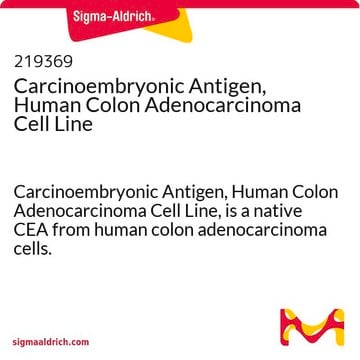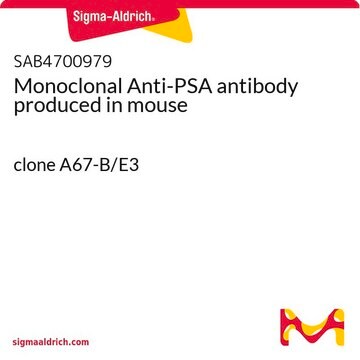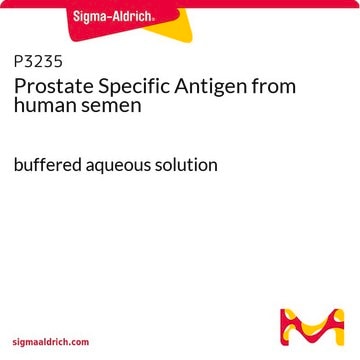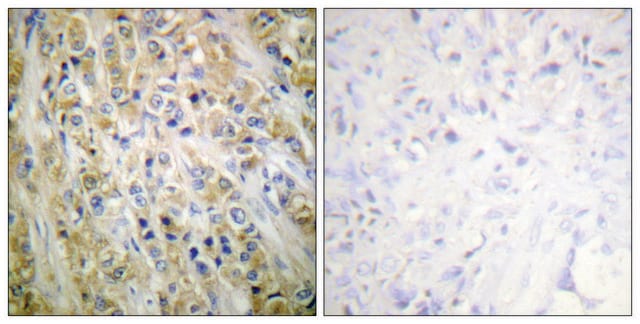C4835
Carcinoembryonic Antigen human
≥95% (SDS-PAGE), buffered aqueous solution
Synonim(y):
Cancer-associated CEA
Wybierz wielkość
1230,00 zł
Wybierz wielkość
About This Item
1230,00 zł
Polecane produkty
Poziom jakości
Próba
≥95% (SDS-PAGE)
Formularz
buffered aqueous solution
numer dostępu UniProt
Warunki transportu
dry ice
temp. przechowywania
−20°C
informacje o genach
human ... CEACAM5(1048)
Opis ogólny
Zastosowanie
Działania biochem./fizjol.
Opakowanie
Jakość
Postać fizyczna
Kod klasy składowania
10 - Combustible liquids
Klasa zagrożenia wodnego (WGK)
WGK 1
Temperatura zapłonu (°F)
Not applicable
Temperatura zapłonu (°C)
Not applicable
Wybierz jedną z najnowszych wersji:
Certyfikaty analizy (CoA)
Nie widzisz odpowiedniej wersji?
Jeśli potrzebujesz konkretnej wersji, możesz wyszukać konkretny certyfikat według numeru partii lub serii.
Masz już ten produkt?
Dokumenty związane z niedawno zakupionymi produktami zostały zamieszczone w Bibliotece dokumentów.
Klienci oglądali również te produkty
Active Filters
Nasz zespół naukowców ma doświadczenie we wszystkich obszarach badań, w tym w naukach przyrodniczych, materiałoznawstwie, syntezie chemicznej, chromatografii, analityce i wielu innych dziedzinach.
Skontaktuj się z zespołem ds. pomocy technicznej










